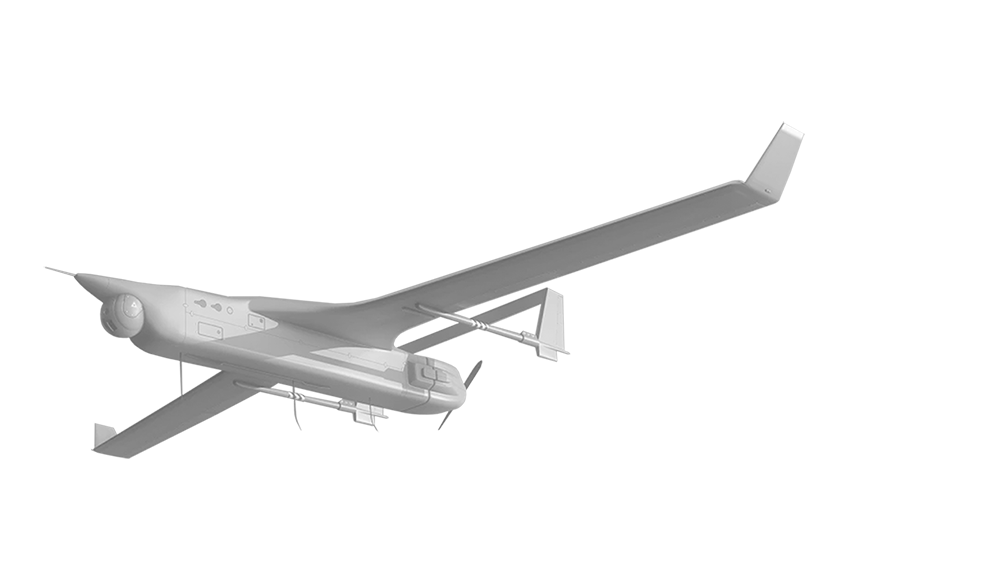
ViDAR Land
ViDAR™ Land is an Artificial Intelligence (AI) enabled next generation Wide Area Motion Imagery (WAMI) system providing day (EO) and night (IR) persistent surveillance. It can autonomously detect, filter, classify and track thousands of objects and assists the operator to focus solely on the targets of interest. It can detect both vehicles and moving individuals within a wide area.
This scalable and cost-effective solution can be packaged in a self-contained external pod or integrated into a crewed or uncrewed fixed or rotary-wing platform.
ViDAR™ Land’s data can be shared securely with other advanced Processing, Exploitation and Dissemination (PED) systems, increasing real-time situational awareness.
Capabilities
- Fully autonomous moving object detection, tracking, and classification of multiple objects, providing a detailed real time intelligence picture
- Intuitive tactical interface that autonomously records, geo-tags and manages all moving objects within the sensor’s field of view
- Customizable mission profiles to reduce operator workload and increase situational awareness
- Completely passive detection system emitting no signal, allowing covert surveillance
- Highly scalable system configurations enable detection of people and vehicles
- Can be installed on all platforms from small UAVs up to large aircraft
- Real-time data sharing with multiple users
- Data can be shared securely from command centers to handheld devices
- Multiple geo-fenced areas of interest with autonomous context-sensitive intelligent alerts for moving objects
- High-resolution virtual turrets allow operators to simultaneously monitor multiple objects from a single airborne platform
- Low size, weight and power solutions available for easy integration with a wide range of airborne platforms
- Integration options include self-contained pods, line-replaceable units (LRU) with airframe based cameras and UAV slices
- Detailed forensic history of mission and targets of interest, for post-mission analysis
More of our products
-
- ViDAR
- The world’s first maritime AI Optical Sensor
- View -
-
- ViDAR VMS PODS
- VMS Optical Radar Pod Systems
- View -
-
- ViDAR for Uncrewed Systems
- Optical Radar for UAS
- View -
-
- Kestrel
- Airborne Small Object Detection over Land and Sea
- View -
-
- Panoptes
- Ground Based Small Object Detection
- View -
-
- Tracker
- AI-enabled Moving Target Indicator for edge-processed videos
- View -




